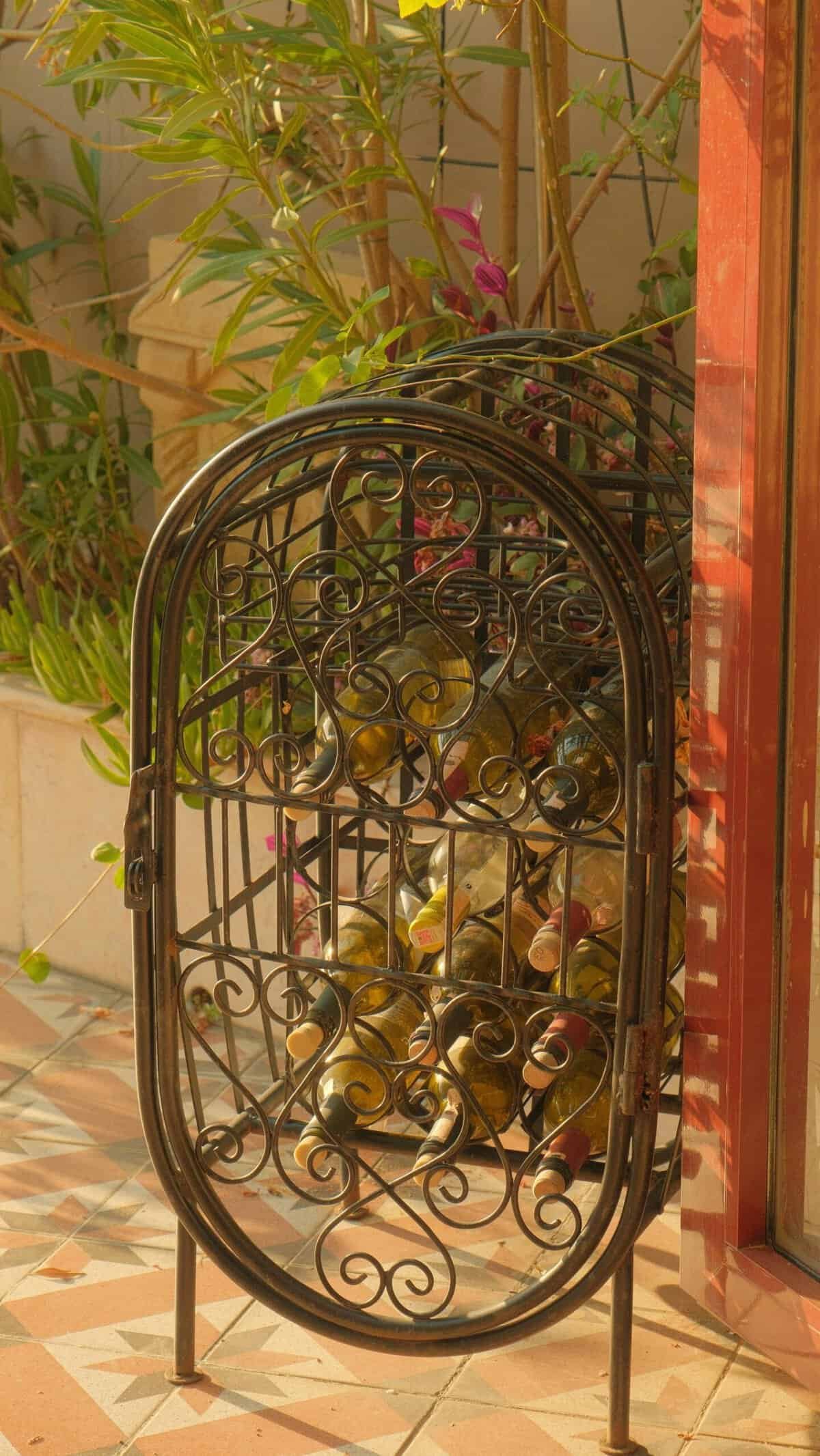Have you ever wondered if you can successfully grow Nopal cactus, even in shaded areas? You might think that these hardy, desert plants only thrive under intense sunlight, but you’ll be pleased to discover that Nopal cactus can adapt quite remarkably to low-light environments.

Understanding Nopal Cactus
The Nopal cactus, scientifically known as Opuntia, is a versatile and hearty plant. Native to the desert regions of the Americas, it’s renowned for its resilience in extreme weather conditions. It’s not only a visually striking addition to your garden but also boasts various health benefits. Growing Nopal cactus in shaded areas involves a few extra considerations, but with the right knowledge and dedication, it’s entirely possible.
Key Characteristics of Nopal Cactus
To better understand how to care for and cultivate these plants, it’s helpful to recognize their primary characteristics:
| Characteristic | Description |
|---|---|
| Leaves | Pads called cladodes |
| Flowers | Bright, bold colors like yellow, red, or purple |
| Fruit | Spiny, pear-shaped known as prickly pear |
| Height | Can grow up to several feet tall in ideal conditions |
| Adaptability | Thrives in diverse climates with minimal care |
These attributes make Nopal cactuses not only practical for various environmental conditions but also relatively simple to grow, even if you don’t have a patch of sun-soaked land.
Preparing for Growth in Shaded Areas
When planning to grow Nopal cactus in areas with less sunlight, it’s essential to tweak your approach slightly. Below are steps and tips to prepare for this unique gardening endeavor:
Selecting the Right Variety
Not every Nopal cactus is suited for shaded environments. Certain species are more adaptable to lower light. Look for varieties that are naturally found in environments with partial shade or indirect sunlight.
Ideal Soil Conditions
Nopal cactus thrives best in well-draining soil. Ensure you use a cactus or succulent mix, which generally includes sand, gravel, and organic materials. If you don’t have access to a pre-mixed cactus soil, you can enhance the drainage of your existing soil by adding perlite or coarse sand.
Container Gardening
If your shaded area is not directly on the ground, such as a shaded balcony or patio, container gardening can be an excellent alternative. Ensure your containers have ample drainage holes. Terracotta pots are particularly breathable and beneficial for nopal growth.
Soil Preparation Table
| Soil Component | Benefits |
|---|---|
| Cactus Mix Soil | Provides essential nutrients and good drainage |
| Sand | Improves soil aeration and drainage |
| Gravel | Prevents soil compaction and retains heat |
| Organic Matter | Adds nutrients necessary for growth |
Watering Essentials
Nopal cactus has a reputation for being drought-resistant, but shaded areas retain moisture longer than sunny areas. Let’s break down a proper watering schedule:
| Season | Frequency of Watering | Details |
|---|---|---|
| Spring | Every 2-3 weeks | Growth period; needs a bit more water |
| Summer | Every 2 weeks | Higher temperatures might demand occasional checks |
| Fall | Every 3-4 weeks | Reduce watering as temperatures drop |
| Winter | Every 4-6 weeks | Dormant period; minimal water required |
Being mindful of the natural humidity and temperature will ensure you do not overwater your Nopal cactus, which can be detrimental.
Planting Your Nopal Cactus
Once you’ve prepared the right soil and container, you’re ready to plant your Nopal cactus. Here’s a step-by-step guide to help you through the process:
Step-by-Step Planting Guide
Select Your Pad: Choose a healthy pad from an existing Nopal cactus. Look for pads that are firm and mature, typically about six months old.
Callus Over: Before planting, let the end of the pad (the part that was connected to the original plant) dry out and callus over. This usually takes about 1-2 weeks and prevents the pad from rotting once planted.
Planting Depth: Plant the pad upright in the prepared soil, ensuring that about a third of the pad is submerged. This stability helps the pad to take root effectively.
Initial Watering: After planting, give the soil a light watering. Then, refrain from watering for about a week to allow the pad to establish without becoming waterlogged.
Common Mistakes to Avoid
Ensure you’re aware of common pitfalls:
- Overwatering: This is the most frequent mistake. In shaded areas, water evaporates more slowly.
- Poor Drainage: Use pots or ground areas with excellent drainage.
- Wrong Soil Mix: A soil mix lacking proper drainage can lead to root rot.
Caring for Your Nopal Cactus
Careful maintenance ensures that your Nopal cactus will thrive. Here are a few essential tips on caring for your plant in shaded areas:
Fertilizing
Even though Nopal cactus doesn’t require frequent fertilization, an occasional nutrient boost can promote healthier growth.
| Fertilizer Type | Frequency | Benefits |
|---|---|---|
| Cactus-specific | Twice during the growing season (spring and summer) | Provides balanced nutrients |
| Organic (compost tea) | Once a month during spring and summer | Boosts microbial activity and soil health |
| Balanced 10-10-10 | In early spring | Assists in early growth stages |
Pruning
Regular pruning can be beneficial, especially in shaded areas where airflow might be less optimal:
- Remove Dead Pads: Trim away any dead or damaged pads to promote healthy growth.
- Thin Excess Growth: Thinning the plant encourages better airflow and reduces the risk of fungal infections.
- Control Size: Prune back pads to manage the plant’s size, especially if it’s in a contained environment.
Observation and Disease Prevention
Nopal cactus is generally resistant to many pests and diseases, but keeping an eye out for specific issues will help in maintaining a healthy plant.
| Issue | Symptoms | Solution |
|---|---|---|
| Root Rot | Mushy pads, foul odor | Improve drainage, reduce watering |
| Fungal Infections | Black spots, softened areas | Remove affected pads, use fungicidal treatment |
| Pests (e.g., aphids) | Small insects on pads, sticky residue | Wash pads with a mixture of water and mild soap |
Regular checks and early intervention are key.
Seasonal Care Adjustments
As seasons change, so should your care routine:
| Season | Care Adjustments |
|---|---|
| Spring | Start light fertilizing, increase watering slightly |
| Summer | Maintain regular watering, monitor for heat stress |
| Fall | Reduce watering, prune excess growth |
| Winter | Minimal watering, move container plants indoors if necessary |

Troubleshooting Growth Issues
Despite all efforts, you might encounter some issues while growing Nopal cactus in shaded areas. Here’s how to troubleshoot common problems:
Slow Growth
If your Nopal cactus is not growing as expected:
- Check Light Levels: Ensure they are not in total darkness and receive some indirect light.
- Soil Quality: Test the soil for nutrient depletion.
- Temperature: Ensure that the temperature is consistently warm enough, even in shade.
Discoloration
Discoloration can indicate several problems:
| Discoloration Type | Possible Cause | Solution |
|---|---|---|
| Yellowing | Overwatering | Reduce watering, improve soil drainage |
| Brown Spots | Sunburn or fungal infection | Adjust light exposure or treat with fungicide |
Wilting
If your Nopal cactus appears to be wilting:
- Check for Pests: Inspect for insects or signs of disease.
- Watering Schedule: Ensure it’s not underwatered.
- Soil Compaction: Loosen the soil to improve root aeration.
Benefits of Growing Nopal Cactus
Adding Nopal cactus to your shaded garden or indoor plant collection can provide numerous benefits:
Aesthetic Appeal
Nopal cactus with its unique paddle-shaped pads, vibrant flowers, and colorful fruits can create a stunning visual contrast, enhancing the beauty of any garden space.
Health Benefits
The pads and fruits of Nopal cactus are nutritious and can be used in a variety of dishes. They are rich in fiber, antioxidants, and essential vitamins, aiding in maintaining good health.
Environmental Advantages
Nopal cactus is excellent for soil stabilization and preventing erosion. Additionally, due to their water-storing capabilities, they contribute positively to the ecosystem in dry regions.
Low Maintenance
Once established, Nopal cactus requires minimal care, making it ideal for busy gardeners or those new to plant care.

Conclusion
Growing Nopal cactus in shaded areas may seem unconventional, but with the right knowledge and techniques, it is completely feasible. By selecting the right variety, preparing suitable soil, watering appropriately, and maintaining regular care, your Nopal cactus can thrive and become a rewarding part of your garden. The effort you put into understanding and meeting the plant’s needs will pay off, bringing you a piece of the desert’s resilient beauty, right into your shaded space.

